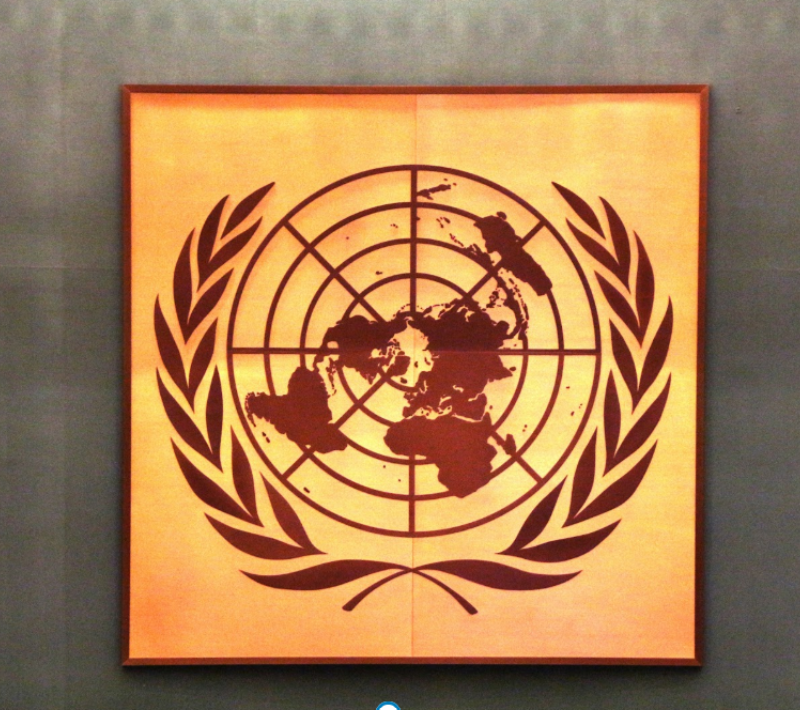Trump’s Global Health Funding Cuts And Its Impact on Africa

Shortly after his inauguration on January 20, 2025, President Donald Trump signed executive orders that dramatically altered America’s approach to global health funding. These decisions have sent shockwaves through healthcare systems across Africa and threaten to reverse decades of progress in combating HIV/AIDS, tuberculosis, and other diseases.
PEPFAR Funding Freeze
The President’s Emergency Plan for AIDS Relief (PEPFAR), launched by former President George W. Bush in 2003, has been one of America’s most successful foreign aid programs. Before the funding freeze:
- PEPFAR provided life-saving antiretroviral treatment to nearly 21 million people across 55 countries
- The program delivered HIV prevention medication (PrEP) to approximately 2.5 million people
- In 2024 alone, PEPFAR provided HIV testing to about 84 million people
- The program has saved an estimated 26 million lives since its inception
- At $100 billion in total spending, it represents the largest public health commitment by any country to address a single disease.
Trump’s executive order paused “new obligations and disbursements” of foreign assistance pending review of whether it aligns with “American interests and values.” This has created immediate uncertainty about funding commitments, even for programs with existing contracts.
Professor Linda-Gail Bekker from the Desmond Tutu HIV Centre at UCT described the potential outcome in African countries as “disastrous.” Research from 2024 shows that interruptions in antiretroviral treatment significantly increase the risk of death among patients.
The impact will vary by country. In South Africa, while the government funds the actual HIV medicines for its 5.6 million people on antiretroviral treatment, PEPFAR supports critical staff, prevention efforts, and research. A study commissioned by the Desmond Tutu HIV Foundation estimates that up to 500,000 people could die in South Africa over the next decade due to these funding cuts, with potentially half a million new infections.
In Malawi, PEPFAR allocations for 2024 and 2025 were set at $180 million and $178 million, respectively, making it one of the two largest funders of HIV interventions in the country, alongside the Global Fund.
In Ivory Coast, US programs provided life-saving help to 85% of the 265,000 people living with HIV in the country. The UN has reported an almost total collapse of services since the funding freeze began.
WHO Withdrawal
In addition to the PEPFAR funding freeze, Trump also issued an executive order to withdraw the United States from the World Health Organization (WHO). While there is a 12-month notice period before the withdrawal takes effect, the order also paused the transfer of US funds and resources to the WHO immediately.
The United States is the WHO’s largest donor, contributing:
- 22% ($261 million) of the WHO’s assessed contributions (membership fees)
- 14% ($728 million) of all voluntary contributions, often earmarked for specific priorities including HIV/AIDS, polio eradication, and health emergencies
This withdrawal comes at a critical time because, as it stands, not enough funds have been allocated to the WHO’s projects. Eight of twelve WHO health priority areas in Africa were funded less than 50% earlier this year. The African continent is also currently facing multiple disease outbreaks, including the Marburg virus in Tanzania, and a public health emergency.
UNAIDS Executive Director Winnie Byanyima has warned that without US funding, there will be a “surge” in AIDS deaths and new infections globally. She predicted a “tenfold increase” from the 600,000 AIDS-related deaths recorded globally in 2023, saying: “We will see it come back, and we see people dying the way we saw them in the ’90s and 2000s.”
European countries filled the financing gap in 2020 when Trump previously withheld US funding from the WHO. However, experts doubt they will be able to do so again due to their own geopolitical and financial challenges. These funding cuts raise serious questions about the future of global health leadership.
If the funding gap cannot be filled from other sources, it will fall to African nations to fund these health programs themselves. Historically, this has been a significant challenge for countries with limited financial resources.
The cuts also threaten progress toward ending AIDS by 2030, a goal that had previously been supported by multiple US administrations from both political parties. The irony is that in his 2019 State of the Union speech, President Trump himself stated that ending AIDS in the United States by 2030 was one of his priorities.
For millions of people living across Africa who depend on these programs for life-saving treatment and prevention services, the immediate future has suddenly become much more uncertain.
Dr. Anita is a medical doctor with a passion for writing. She explores a variety of topics on Afrolady, from health and wellness to relationships and lifestyle. With a knack for breaking down complex ideas, she keeps readers informed, entertained, and inspired.

